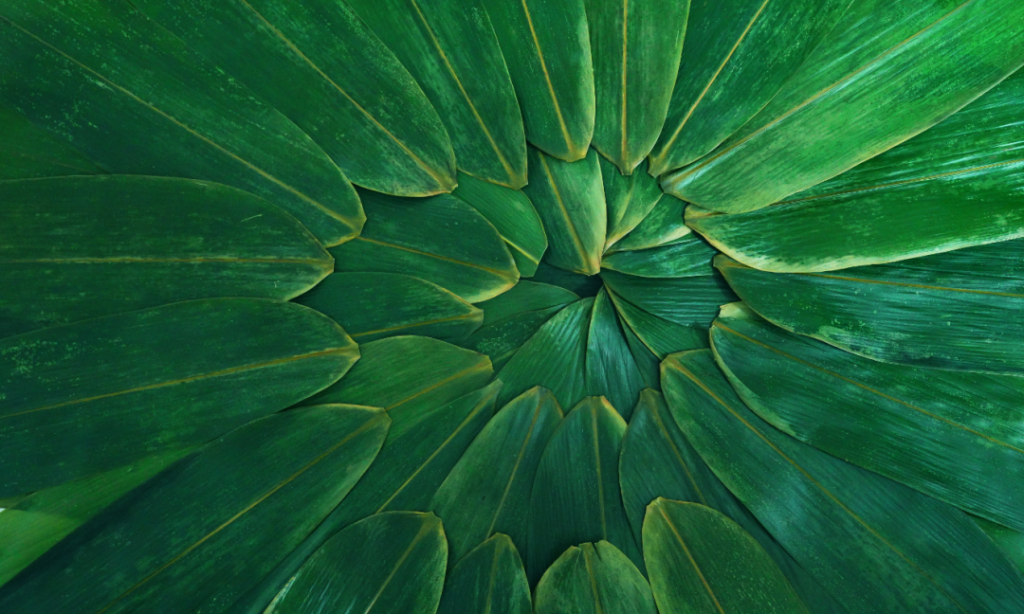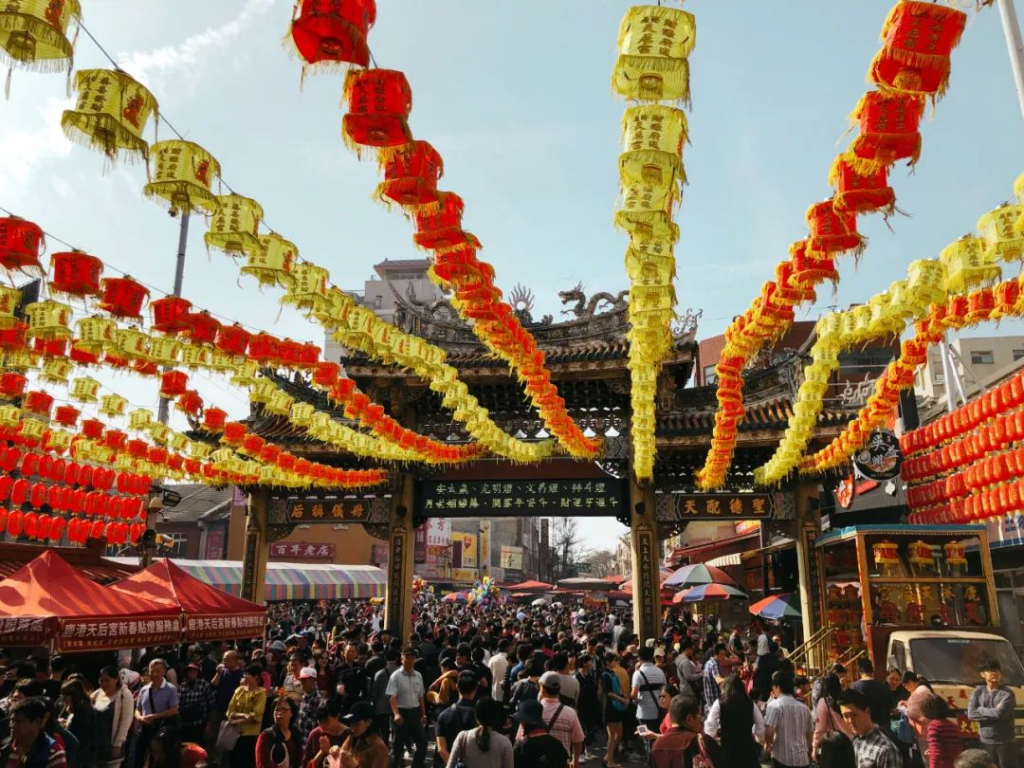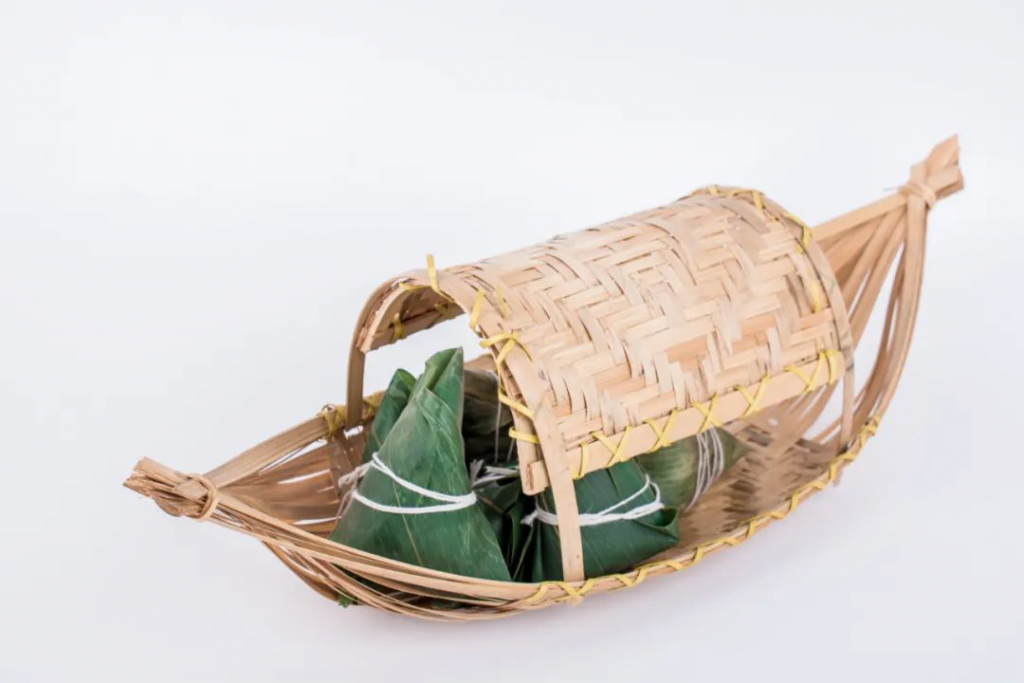
This year’s Dragon Boat Festival (端午节 Duānwǔjié) falls on June 25, the 5th day of May in lunar calendar. Maybe you have some clues about it already: people start to eat rice dumplings wrapped in triangle shape; you know people do dragon boat racing on the day just because it is obviously in the name; if you are interested in Chinese culture enough, you know this day originated from a famous poet in ancient time…Yes, all of them are right but they are not all about the festival!

It is not a mainstream festival? Duānwǔ, or Dragon Boat Festival, together with Spring Festival, Qingming Festival and Mid-autumn Festival, are known as the four traditional Chinese folk festivals. It has been listed as a national statutory holiday since 2008. In September 2009, UNESCO officially reviewed and approved Chinese Dragon Boat Festival to be listed as the world intangible cultural heritage, which becomes the first Chinese festival listed as that.

In fact, in addition to China, many countries in Asia also have their own Dragon Boat Festival activities, such as South Korea, Japan, Singapore, Vietnam, Malaysia…etc. Although Dragon Boat Festival is not celebrated in United States, Germany, Russia and other European or American countries, dragon boat racing as an interesting sport is very popular among them.

Duānwǔ may not be in memory of Qu Yuan at first? There are many theories about the origin of Dragon Boat Festival. As we know, dragon boat race is the main custom of Duānwǔ as it is said in Warring States Time (战国时代 475-221BC) people of State of Chu wanted to save Qu Yuan (a worthy minister and poet who threw himself into the river) by paddling to catch up him. They rushed to Dongting Lake but Qu Yuan disappeared. After that, dragon boat activities are held on every fifth day of May in lunar calendar to commemorate it. People use dragon boats to drive fish away in the river so they do not eat Qu Yuan’s body.

However, based on records of ancient books and archaeological research, the origin of Dragon Boat Festival was a totem festival held by Wuyue people in the south of China earlier than Qu Yuan. The commemoration of Qu Yuan was not observed until the Southern and Northern Dynasties (南北朝 420-589), but it has the widest and deepest influence to be the main origin.

The month of poisonous creatures? According to Chinese folklore, people think that May of lunar calendar is the time when five poisonous creatures emerge. They are snake (蛇 shé), centipede (蜈蚣 wúgōng), scorpion (蝎子 xiēzi), lizard (蜥蜴 xīyì) and toad (癞蛤蟆 làiháma). Duānwǔ is meant to remind people to prevent danger and disease. In some places, people use colorful paper to cut five creatures into images then paste them on doors and windows, or tie to children’s arms to avoid all poisons.

One of the most important ritual is to hang wormwood (艾草 àicǎo) and calamus (菖蒲 chāngpú) on the door or in the room. People sweep the house, drink or sprinkle the realgar rice wine (雄黄酒 xiónghuángjiǔ) to sterilize and prevent from diseases. When children wake up in the morning of Duānwǔjié, they will find their wrist or ankle tied with the five color rope (五彩绳 wǔcǎishéng) as parents say they will not get sick with it. The rope should be cut on the first rain after Duānwǔ, meaning washing away the disaster.

Now you can see various sachets (香囊 xiāngnáng) for sale at drugstores in this season while in old times, mothers sewed sachets for children to protect weak lives. The sachet is wrapped with five colored silk threads and sewed with small pieces of cloth to be carried with children. The contents in the sachets are different but mainly Chinese herbs and spices to absorb sweat, and drive out disease and evil spirits.

There are a lot more about dragon boat festival so next time talking about duānwǔ you can say you know more about it than rice dumplings! Duānwǔjié kuàilè~
